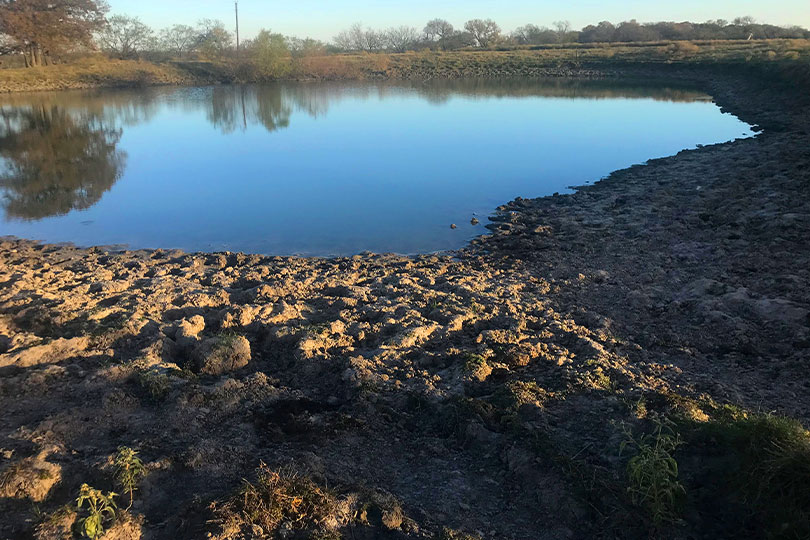By Julie Tomascik
Editor
Despite rains in late May and in June, Texas farmers and ranchers are facing a dry summer outlook.
The latest data from the U.S. Drought Monitor shows early June conditions haven’t been this bad in the Lone Star State since 2013.
Severe drought across the state spelled disaster for wheat, and the U.S. Department of Agriculture (USDA) called this the worst winter wheat crop in two decades. Over 80% of the Texas crop was rated either “poor” or “very poor” by the USDA in its mid-June Crop Progress and Condition report.
And drought conditions are likely to get even worse over the summer, according to the National Weather Service.
Triple-digit temperatures have hit much of the state, and La Niña conditions are forecast to persist through August, although they may weaken slightly.
“June is typically a wet month for Texas, but it’s not shaping up that way so far,” John Nielsen-Gammon, who is also the director of the Southern Regional Climate Center, told Texas A&M Today. “Except for West Texas, July is typically a dry month, so continued lack of rain in June could mean that we are stuck with a very hot summer. The hottest summer on record was in 2011, the one recent year in which June drought was worse than today. It would not surprise me if this summer ended up being the second-hottest summer on record for the state.”
Drought may not be a new challenge for Texas farmers and ranchers, but it’s another hurdle facing agriculture with rising input costs for seed, fuel and fertilizer.
Soil moisture levels continue to decline, and the lack of available forage and depleting hay supplies have some ranchers planning to cull their cow herds.
USDA’s Crop Progress and Condition report noted 70% of Texas pastures were rated poor or very poor, 19% fair, 9% good and 2% were rated fair.
“Hay supplies will be tight this year if we don’t see more rainfall,” Tracy Tomascik, Texas Farm Bureau associate director of Commodity and Regulatory Activities, said. “It’s important for ranches to evaluate the carrying capacity and stocking rates for their pastures right now and make plans for ongoing drought conditions.”
Another concern is the continued risk for fires.
More than 130 counties are currently under a burn ban, and Texas A&M Forest Service officials said the dry vegetation and high winds could lead to more wildfire activity across the state.
“Drought conditions have been a problem for agriculture so far this year, and rain chances don’t look promising for the foreseeable future,” Tomascik said.
Most western states are still seeing some form of drought, as well.

